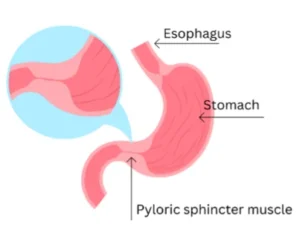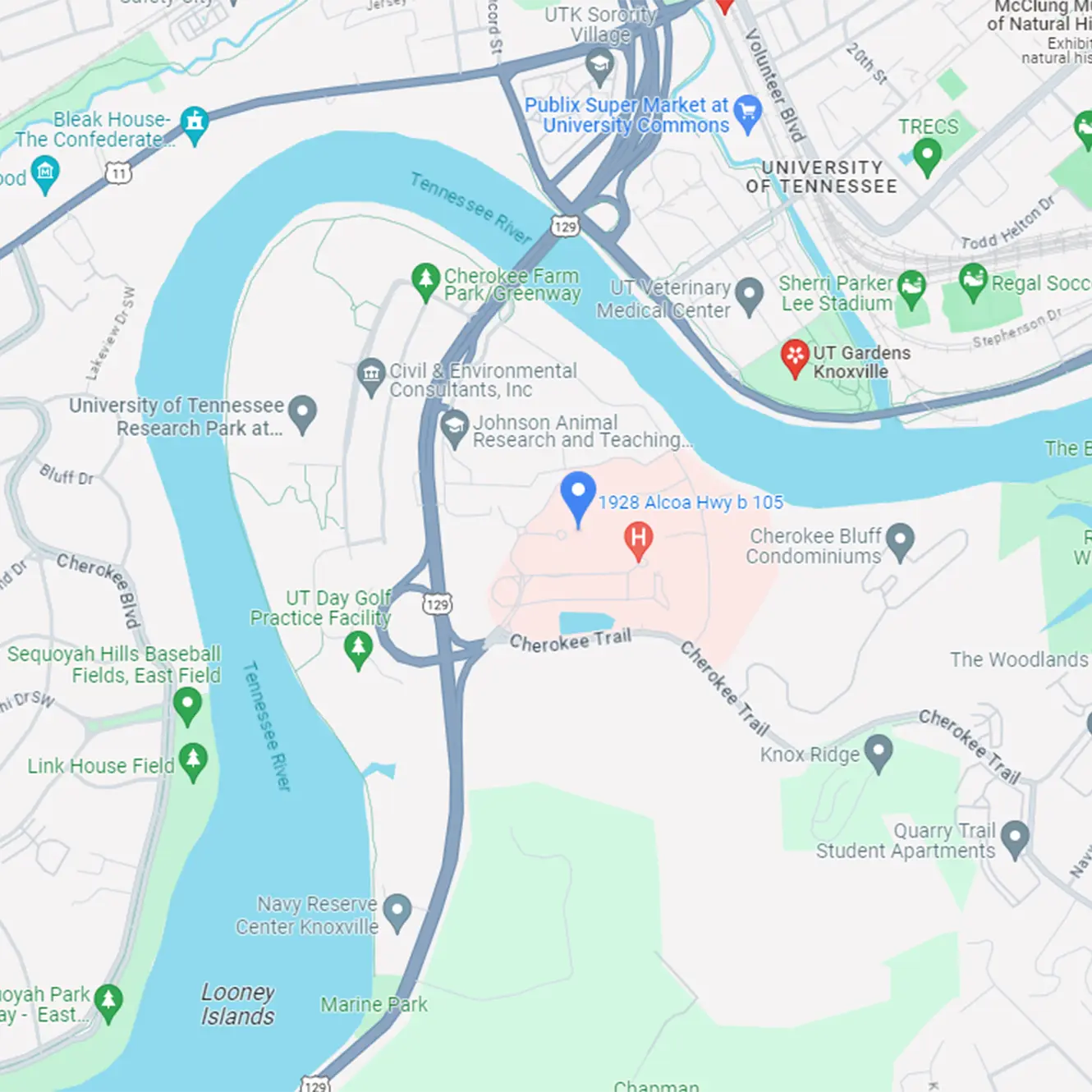Anal Sphincter Botox
This is used to relieve constipation in patients with chronic constipation that has not been responsive to other maximum medical treatments. The Botox is injected into the anal sphincter muscle during  an endoscopy procedure while you/your child is under anesthesia. The Botox temporarily paralyzes the muscles and reduces their spasticity, which can help relieve the symptoms of constipation in some cases. Botox can last a few weeks to a few months, so it is not a permanent solution and will usually be used in conjunction with other treatments, such as medications, diet changes, behavioral health therapy, and/or pelvic floor therapy. This treatment may be recommended by your provider if you/your child are suffering from the following symptoms:
an endoscopy procedure while you/your child is under anesthesia. The Botox temporarily paralyzes the muscles and reduces their spasticity, which can help relieve the symptoms of constipation in some cases. Botox can last a few weeks to a few months, so it is not a permanent solution and will usually be used in conjunction with other treatments, such as medications, diet changes, behavioral health therapy, and/or pelvic floor therapy. This treatment may be recommended by your provider if you/your child are suffering from the following symptoms:
- Anal fissures: These are small tears in the skin around the anus and can be caused by chronic constipation. Botox can help by reducing the muscle stiffness so that area can heal.
- Fecal incontinence: This is the involuntary leakage of stool that may be a result of chronic constipation. Botox can help by relaxing the muscles in the anal sphincter.
- Painful bowel movements: Constipation can very painful for some patients. Botox can help to reduce the muscle spasticity to make it less painful.
- Chronic Constipation: Constipation that has not been responsive to other medical treatments
Pyloric Botox
This is used to relieve gastroparesis (delayed stomach emptying). The Botox is injected into pylorus during an endoscopy procedure while you/your child is under anesthesia. The Botox temporarily relaxes  the muscle and reduces it’s spasticity. This can help relieve symptoms of gastroparesis, such as chronic nausea and vomiting. Botox can last a few weeks to a few months, so it is not a permanent solution and may be used in conjunction with other treatments.
the muscle and reduces it’s spasticity. This can help relieve symptoms of gastroparesis, such as chronic nausea and vomiting. Botox can last a few weeks to a few months, so it is not a permanent solution and may be used in conjunction with other treatments.














